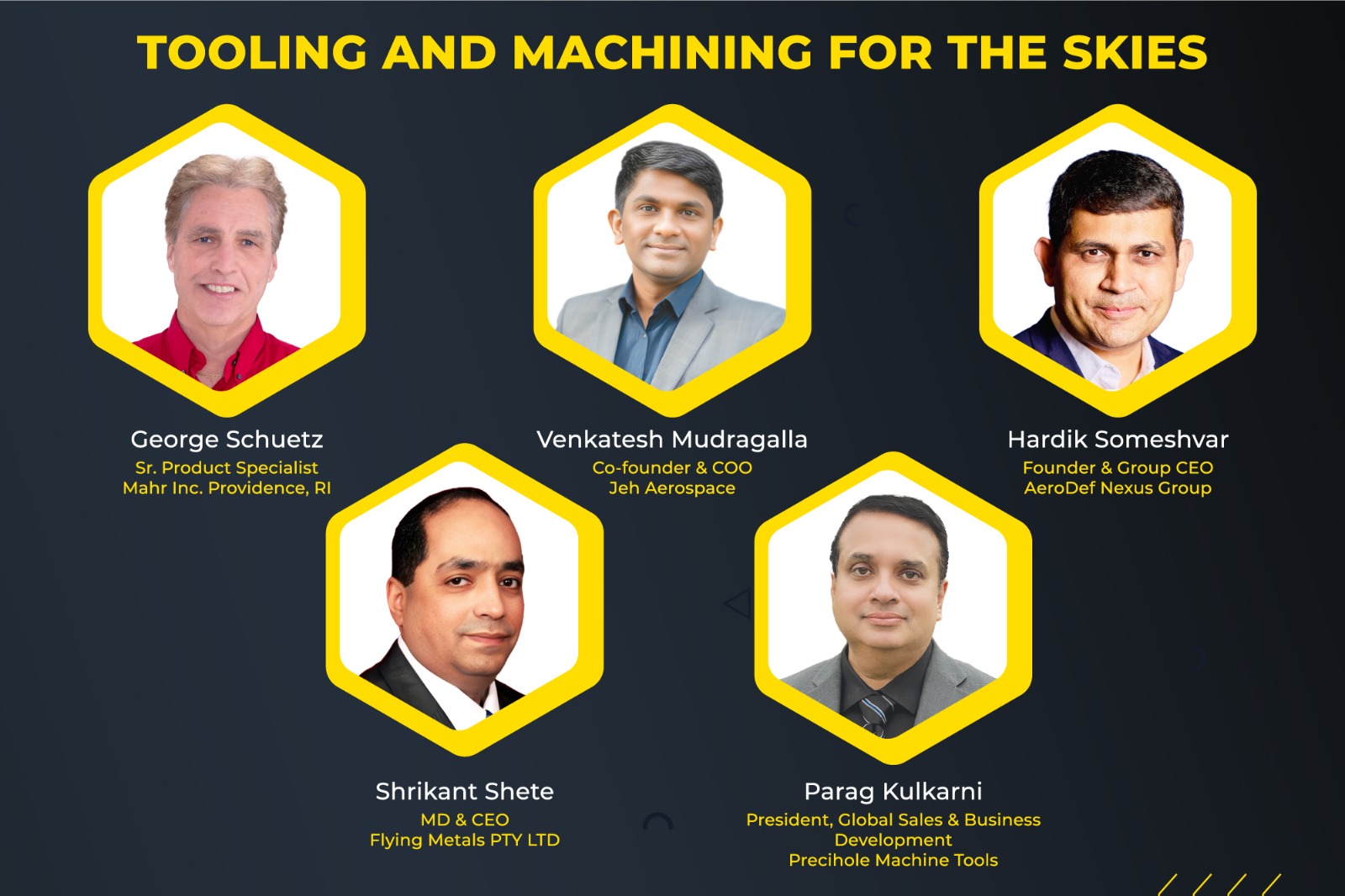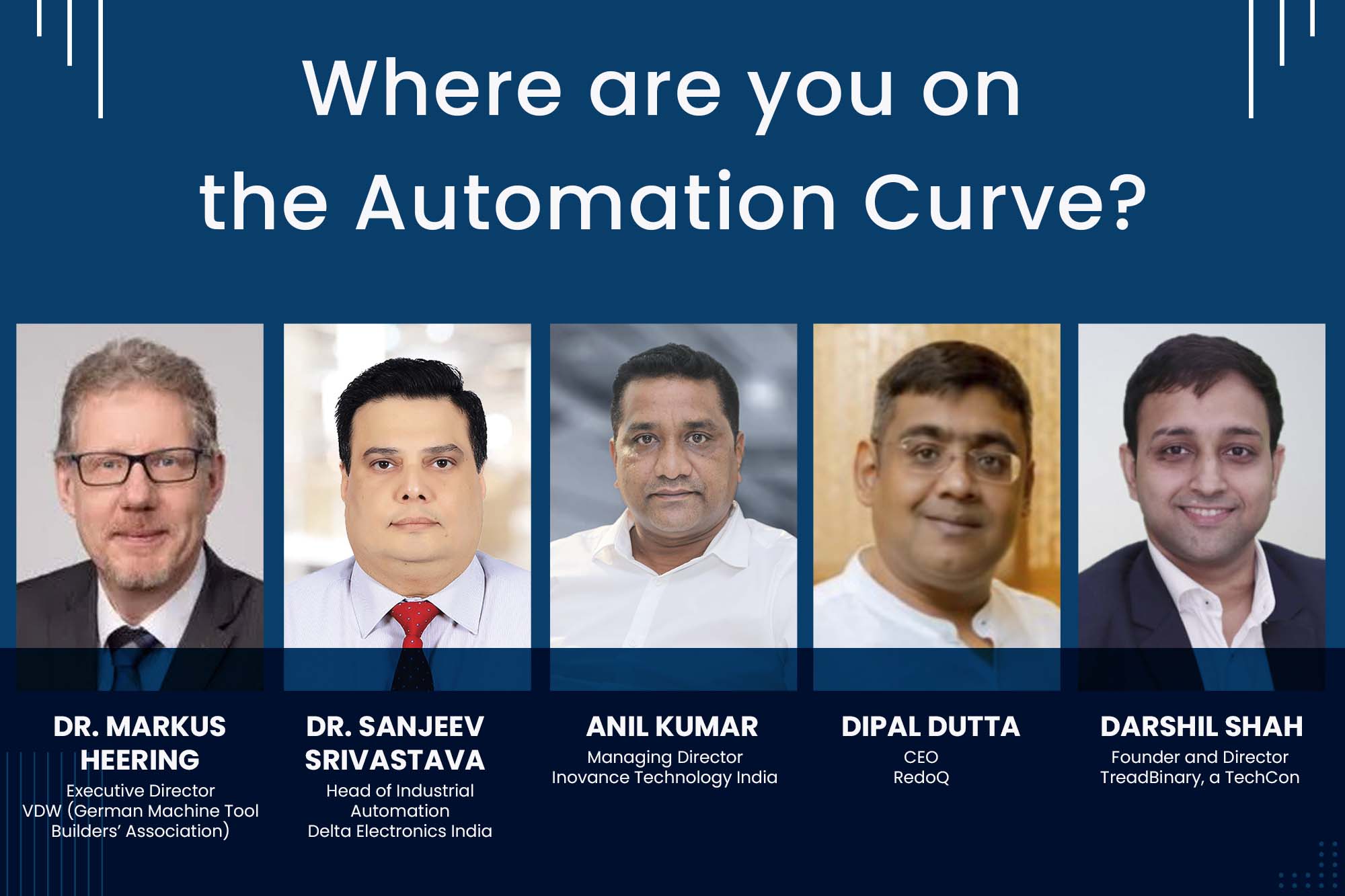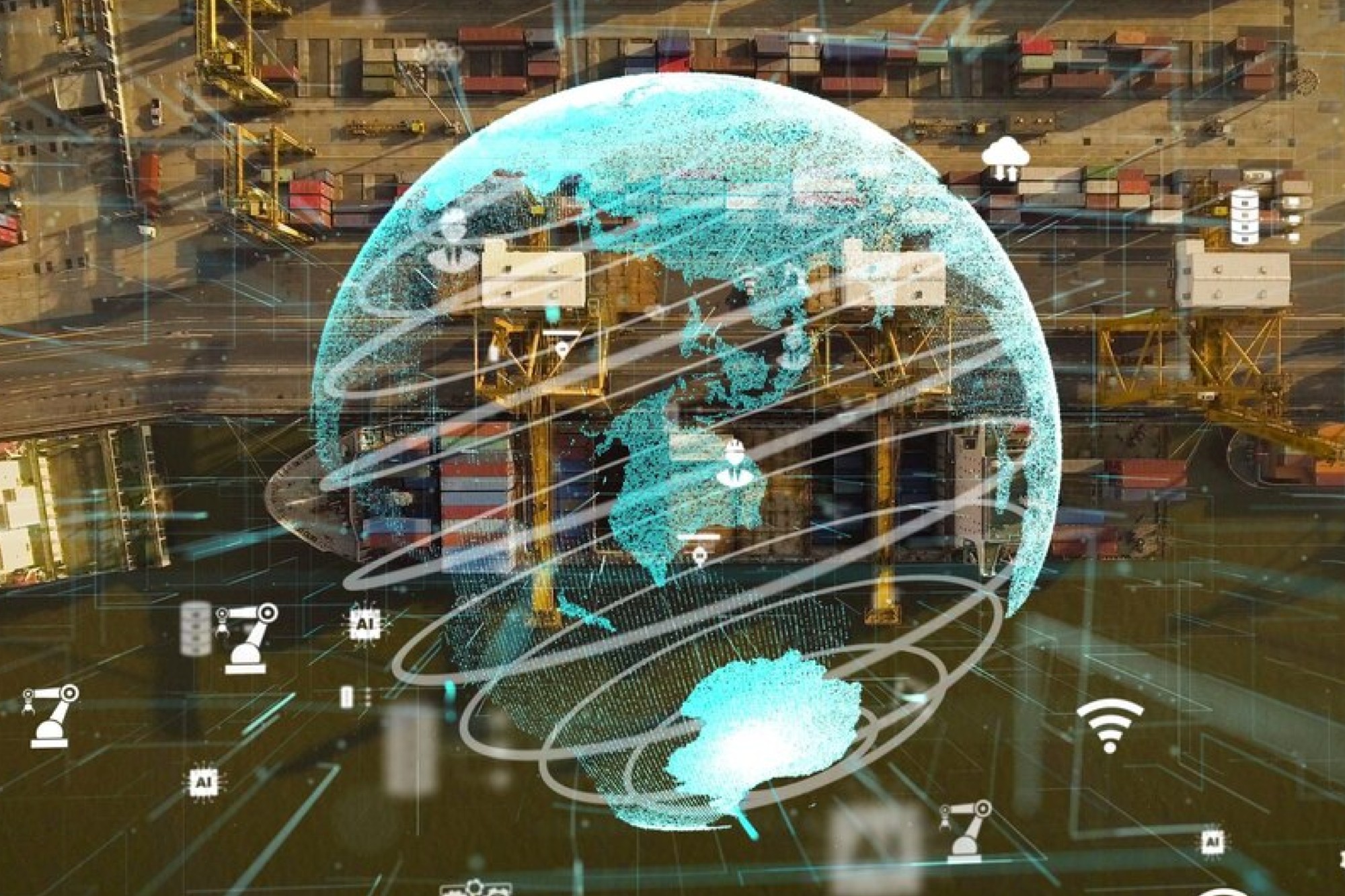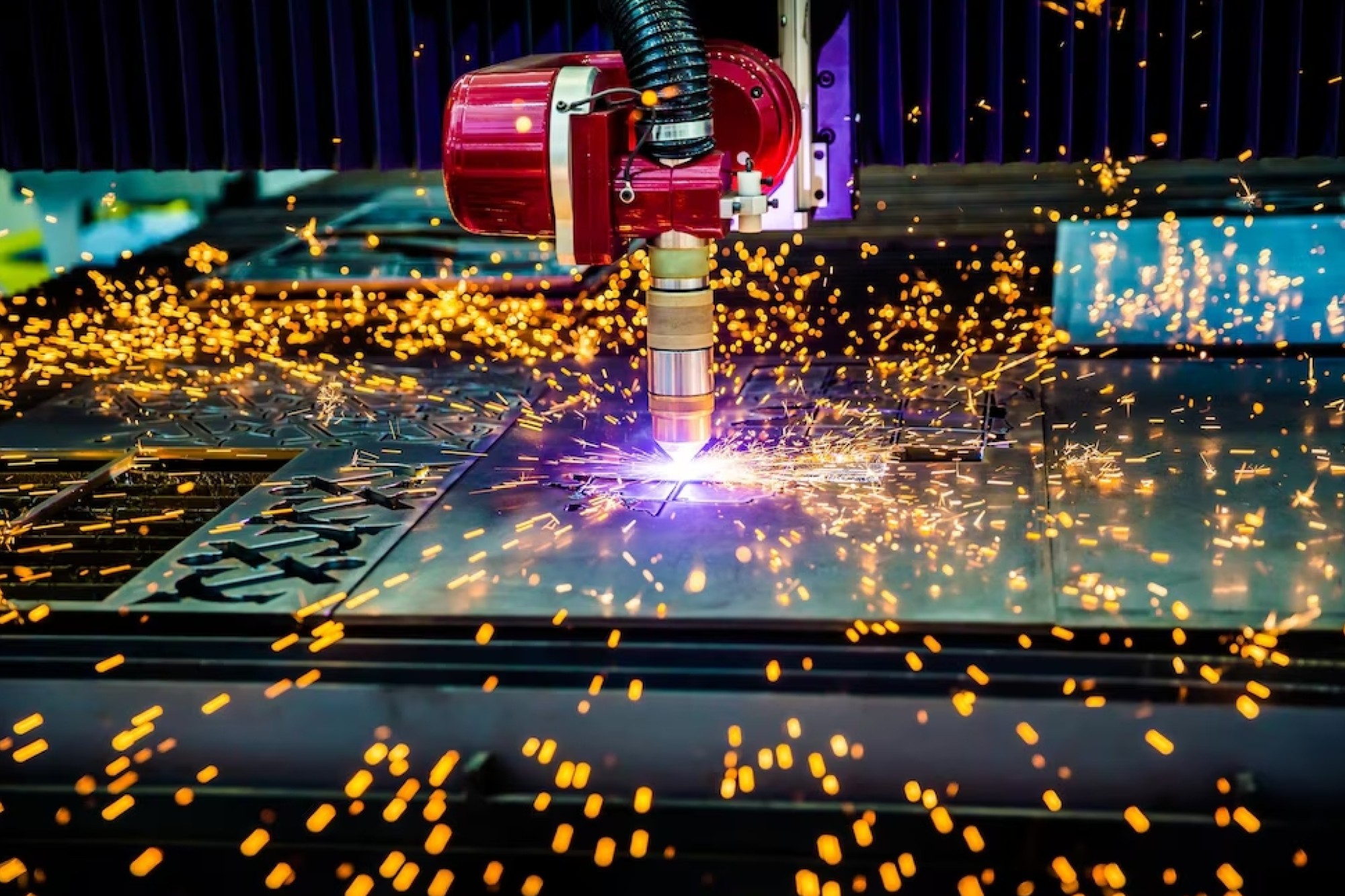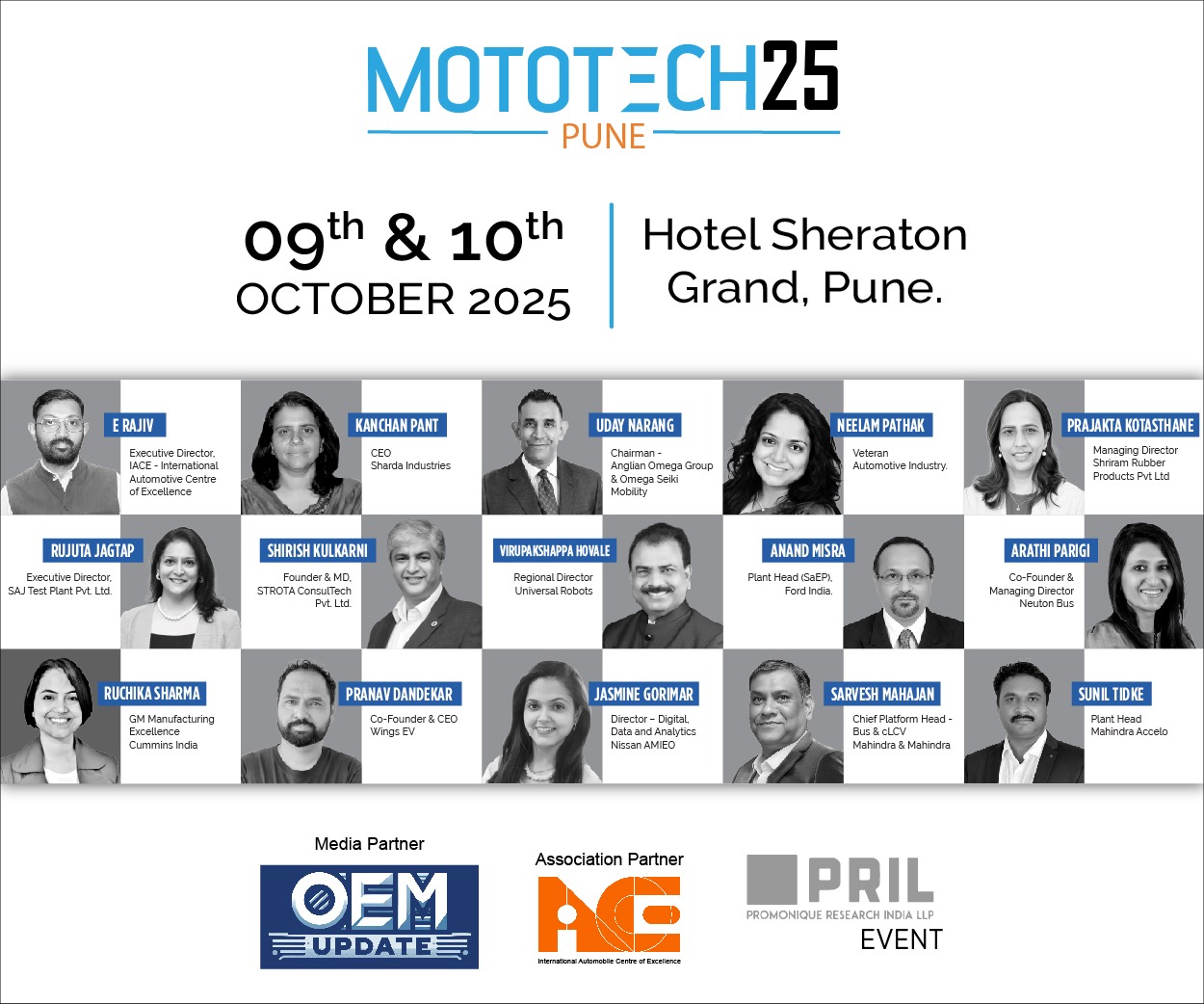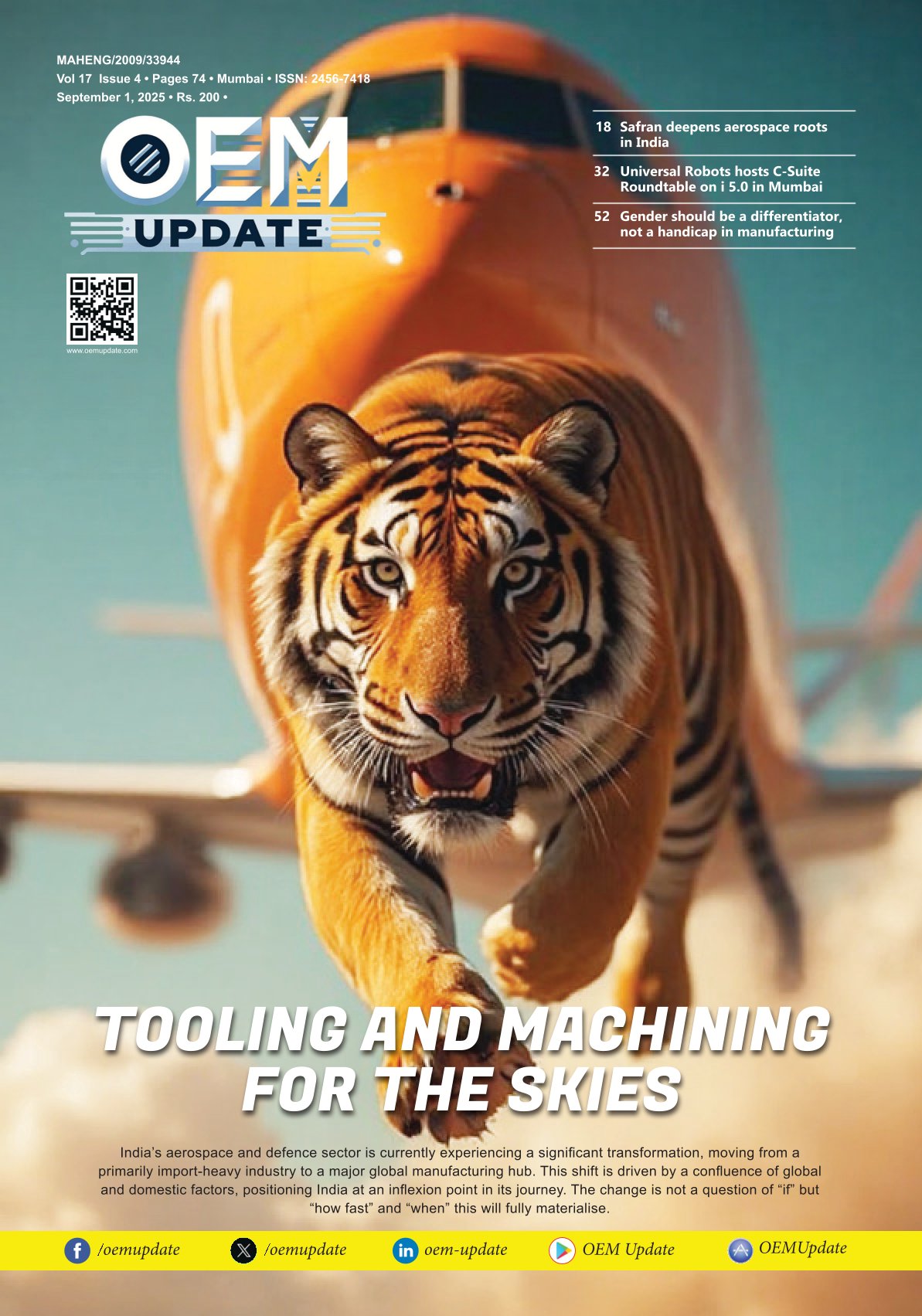The Survival of SME & MSME
By OEM Update Editorial March 7, 2019 6:10 pm IST
SME &MSME sector will act as a catalyst to bring about this socio-economic transformation. The growth and development of MSME sector is closely interwoven with our quest forbecoming a global economic power. Here, is a quick analysis on what it takes to be a survivor like the SME & MSME sector.
India’s vibrant and dynamic micro, small and medium enterprises (MSMEs) sector has been recognised as a catalyst inpromoting the growth and development of the economy.For a country to grow, the government should actively promote business enterprises. Among business enterprises, the MSME deserve special attention. Though MSMEs are small investment enterprises, but their contribution to the Indian economy is very significant.
The SME and MSME sector account for over 37 per cent of India’s GDP and a major chunk of employment. In an effort to push this segment as an engine of growth. If MSME is pushed forward, then our GDP can increase substantially. Only on that basis can we turn into a developed country because after agriculture, small businesses account for the biggest share in the economy. MSME constitute 45 per cent of manufacturing, 42 per cent of exports and over 37 per cent of GDP.
Collaboration with the overseas countries
Our MSME sector needs to update and upgrade its capacities – and delivery high quality products and services at the competitive global stage. The recent global interactions have created a new system for bridging the industry academia divide – by enabling research institutions to work together across borders and enable the MSME to use the new technologies to enhance their own product and service mix.
Anupam Gupta, Chairman – Technology & Innovation, All India MSME Association and Vice President – Programs, Leap Skills says, “A lot of the recent global trade interactions have created an accessible forum for the Indian MSME but we are yet to see many MSMEs take advantage of this.” In terms of funding, a lot of global financial institutions have shown interest and confidence in the Indian MSME and setup multiple modes of capital infusion. A lot of this capital has already gone through the system, and a lot more FDI/FII is waiting to be deployed in the country. He adds, “It’s high time we are able to position ourselves and tap into the capital base, enabling the growth capital to trickle down the value chain and help the MSME.”
Dr. Avinash. K. Dalal (Nallawala), National President AIMA MSME says, “Concept of Make in India was implemented to give employment to the MSME sector and entrepreneurs. However, employment generation part is still negligible.”Global countries have to enter into MoU with Indian MSME industries regarding the buyback arrangement.
Is Make in India working in favour of SME&MSME sector?
Dr.Dalalpoints that the progress of Make in India campaign is very slow. He is of the opinion that many of the MSME sectors are not aware of the Make in India concept. Whenever a foreign enquiries come in, they are received by the NSIC and are then passed on to the MSMEs. This should change, according to Dr.Dalal.
MSMEs consistently help the NSIC with national as well as international orders and organise exhibitions for them.All international orders should directly reach the MSME sector. Due to lack of transparencybetween MSMEs, entrepreneurs and the foreign buyers, the MSME sector are undergoing heavy losses.
The change bought about by SME/MSME
The MSME sector has not only stood its ground as a backbone of the economy, but also helped India stay afloat in tough global economic conditions. Our uniqueness lies in the fact that we are adept at pivoting and adapting to changing times and weathers.
Bamboo sector/coir sector, for example, will encourage other micro & small entrepreneurs to be self-employed/job provider to unskilled or semi-skilled villagers and small town citizens. Dr.Dalalsays, “Bamboo and coir board has to take initiative to educate and bring awareness regarding the technology support to start-up their base as micro and small units with the help of MUDRA Bank. Ministry of MSME and NSIC needs to chip in to help marketing the products.
Doubling of the GST exemption limit
While the GOI has enabled the MSME to become more efficient and competitive, there have been teething issues with regard to capital and financing options. The MUDRA scheme found many takers but the complexities involved at the local branch level created confusion amongst the MSME. Gupta says, “The 59 min loan scheme removes obstacles for the MSME to access finance and capital but the reality lies in the fact that businesses are not able to raise capital due to their models and industry growth outlooks, rather than the processes involved in raising capital.”
We hope more MSMEs come forward to access capital in this manner, and are able to raise and deploy capital in the most efficient manner possible. In today’s Digital India, our MSME needs to be at the forefront of using tech to smoothen its day to day operations and transactions, adds Gupta.
Despite these sectors surviving GST and demonetisation, they are yet to get the importance they deserve considering the pivotal role they play. In fact, India’s 60 million MSMEs are facing a credit shortfall of a massive amount. Access to promised finance has been one of the primary obstacles to their growth. The Indian banking system has failed to reach out to this segment with as much excitement and focus as it should have. Lengthy documentation procedure, non-optimised methods of credibility verification, rigid payment structures etc. have made formal sector borrowing a bad deal for the sector.
Bridging the digital skill challenges
Several SMEs and MSMEs fight to fillthe digital skill gap as technological transformation wave sweeps through industries. Yet large organisations find it difficult to fill the digital skill gap a complex job even though they are armed with technology and training departments.Lack of understanding in choosing the right technology solution and low impact on overall profitability are among the key challenges in adoption of technologies followed by lack of skilled manpower to operate technology, lack of trust in technology, and the high cost of equipments.
The Chamber of Commerce, trade and industry has to take initiative for bringing in awareness regarding digital skill challenges by organising workshop with the co-operation of Ministry of Skill Developmentand Entrepreneurship,” suggests Dr.Dalal.
India’s SME sector seems to know where it stands and appears ready to embrace technology to upgrade its digital skills and recruit tech-savvy talent. It is now up to the government and private organisations to empower SMEs with a digital workforce.
Employment generation part of Make in India is still negligible
Dr. Avinash. K. Dalal (Nallawala), National President AIMA MSME
It’s high time we position ourselves and tap into the capital base, enabling the growth capital to trickle down the value chain and help the MSME
Anupam Gupta, Chairman – Technology & Innovation, All India MSME Association and Vice President – Programs, Leap Skills
Cookie Consent
We use cookies to personalize your experience. By continuing to visit this website you agree to our Terms & Conditions, Privacy Policy and Cookie Policy.




